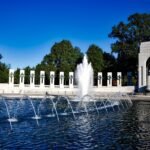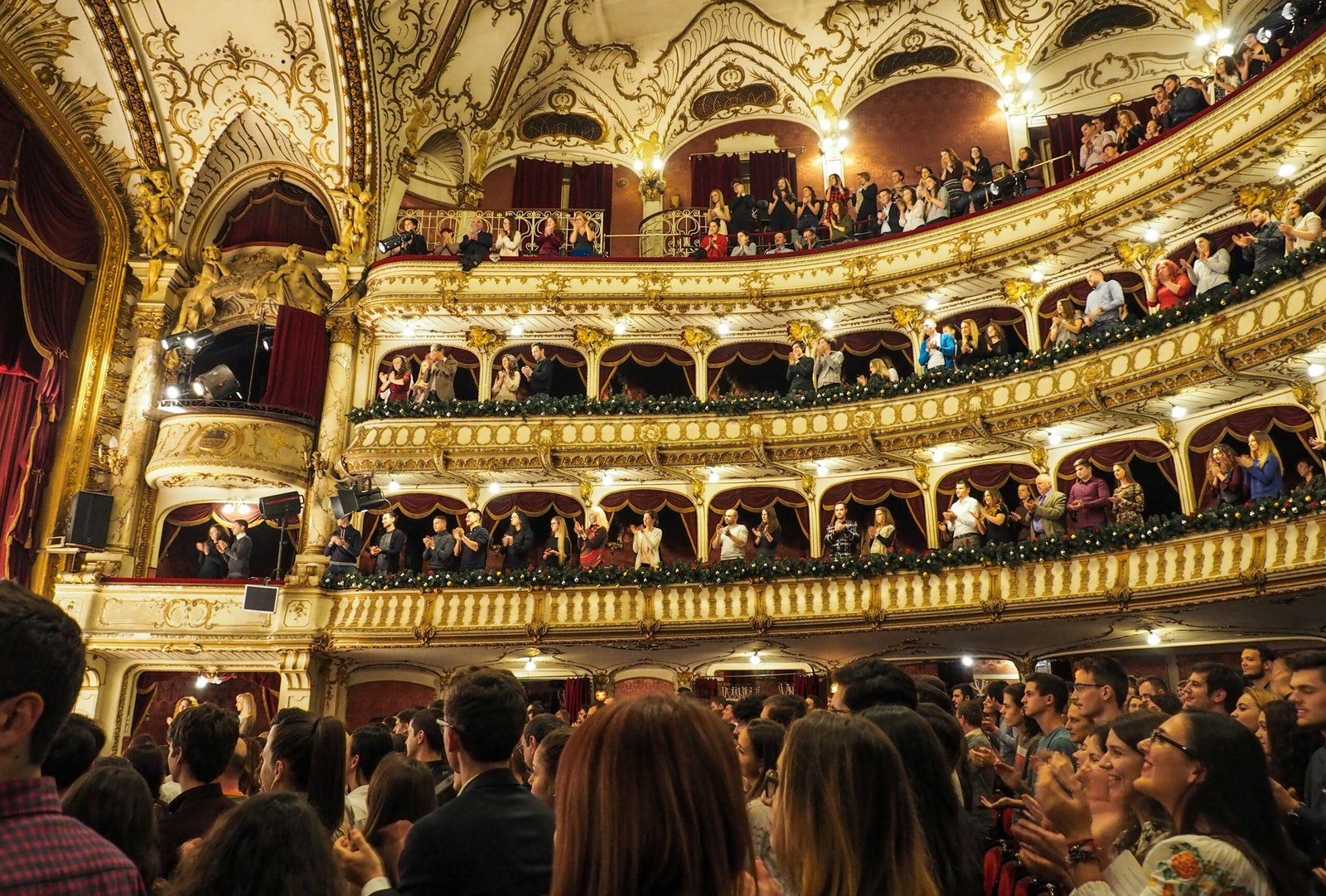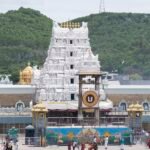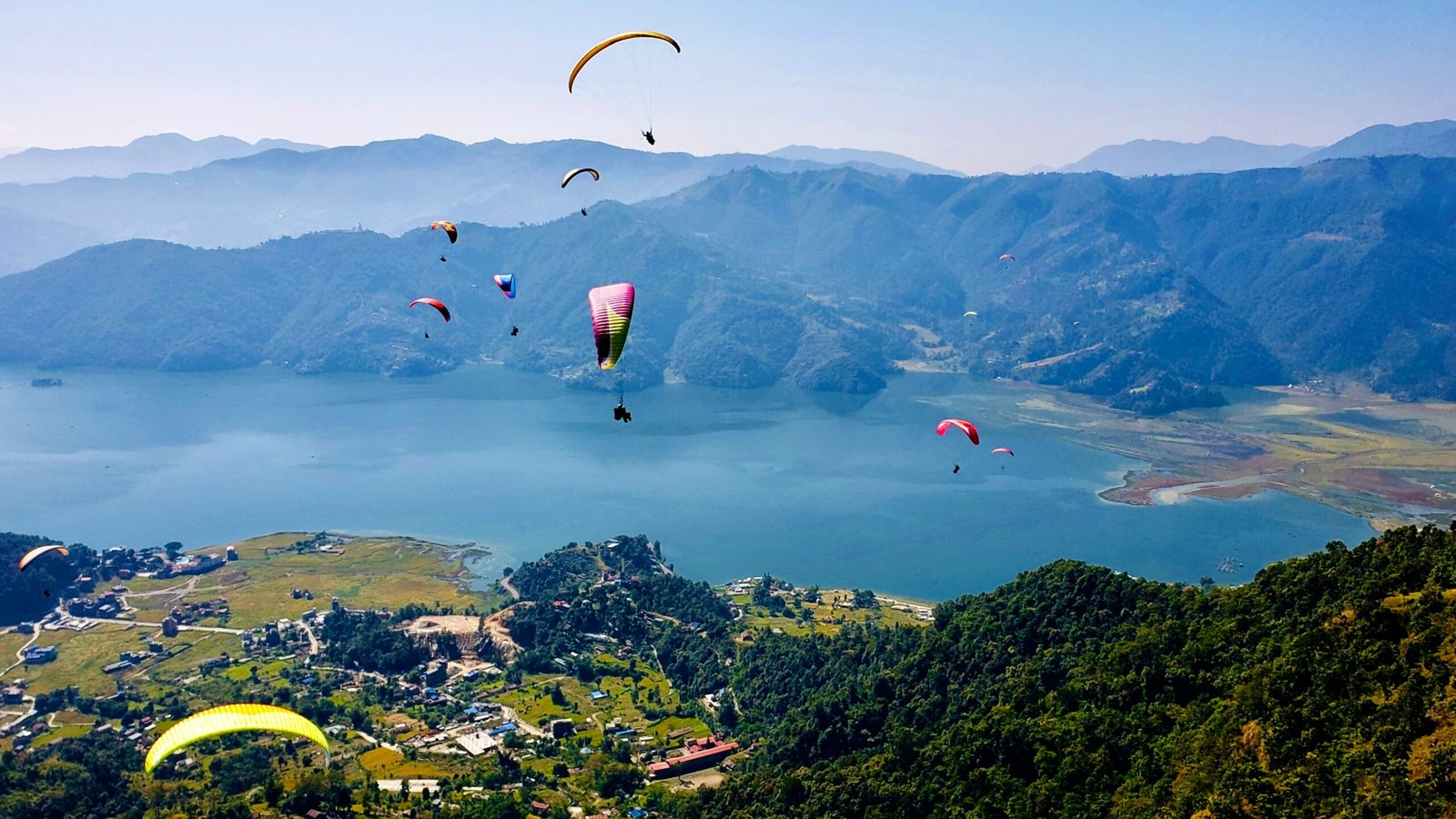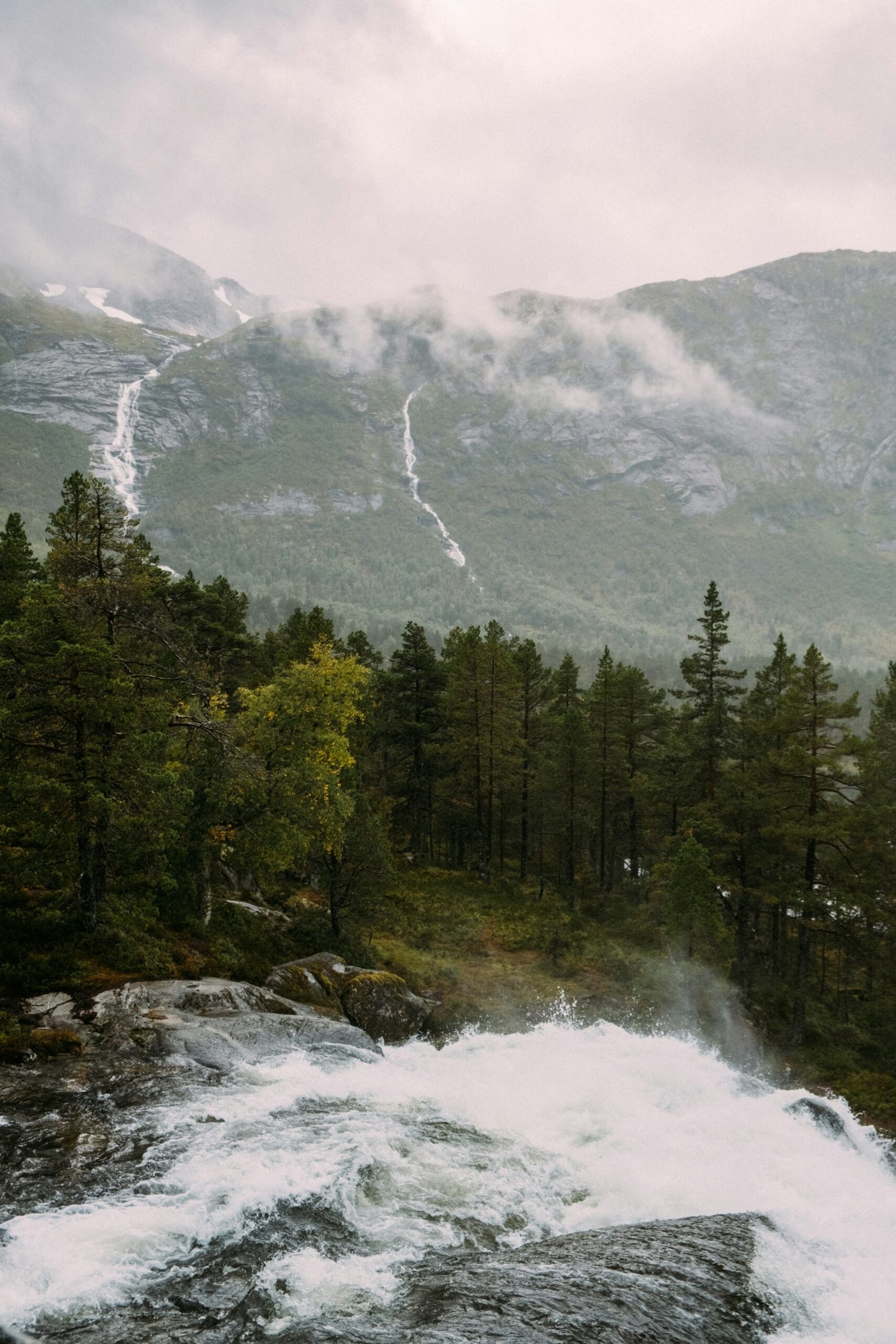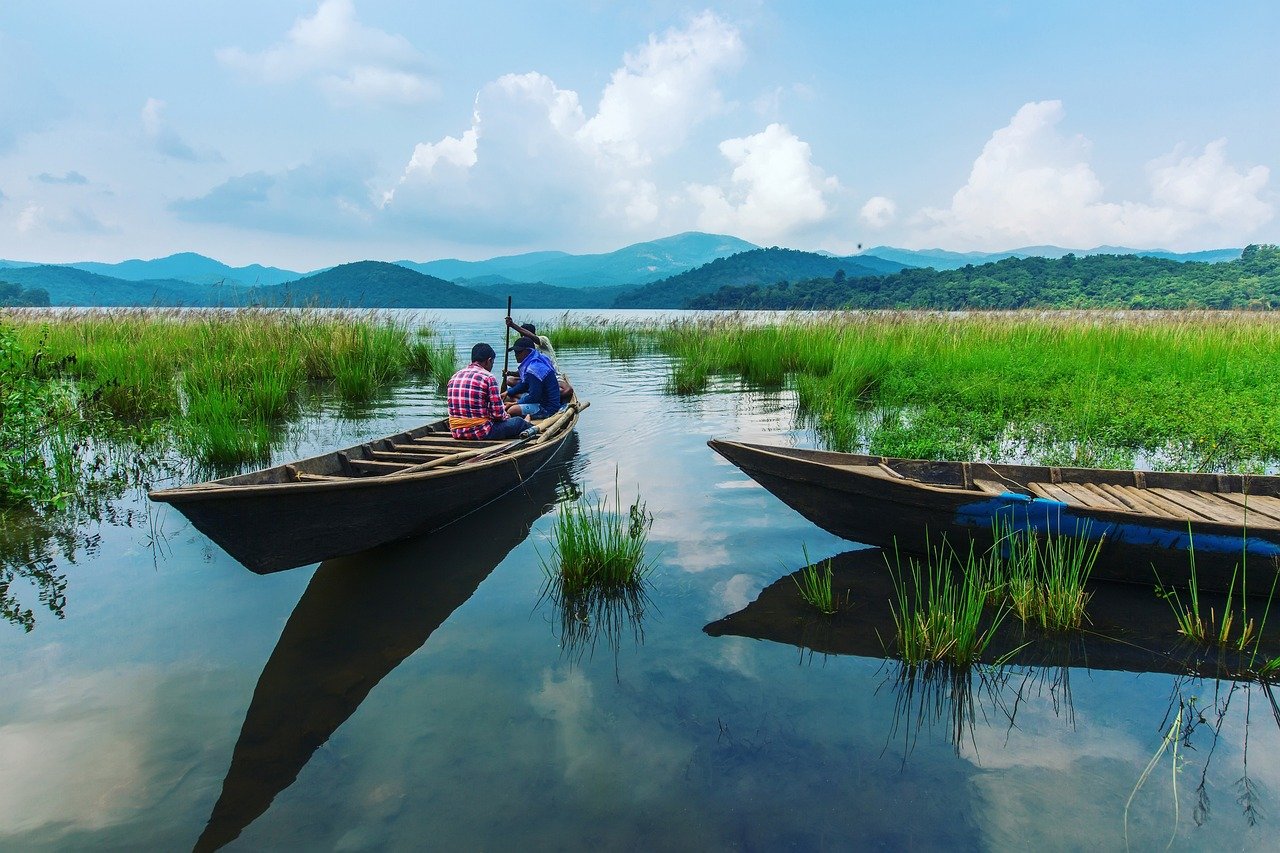Introduction to Pokhara
Pokhara, situated in the stunning western part of Nepal, is a city renowned for its breathtaking natural beauty and cultural richness. Nestled at an altitude of approximately 800 meters above sea level, this vibrant city boasts a unique geographical location that offers visitors a close-up view of the majestic Himalayas, including the iconic Annapurna range. The serene Phewa Lake, surrounded by lush greenery and hills, mirrors the stunning backdrop, creating a picturesque environment that attracts travelers from all around the globe.
As one of the most significant cities in Nepal, Pokhara serves not only as a major urban center but also as a pivotal gateway for trekkers embarking on expeditions in the Annapurna region. Its proximity to the Annapurna and Machapuchare mountains makes it a central hub for countless trekking routes, drawing adventure enthusiasts and nature lovers alike. The blend of adventure and tranquility defines Pokhara, making it an ideal destination for anyone seeking to immerse themselves in the great outdoors.
Moreover, Pokhara’s cultural diversity contributes to its allure. The city is home to various ethnic communities, including Gurungs, Magars, and Newars, each adding to the vibrant tapestry of local traditions and customs. Visitors can explore colorful local markets, savor authentic Nepali cuisine, and participate in traditional festivities that highlight the region’s rich heritage. This amalgamation of stunning scenery, cultural diversity, and the spirit of adventure positions Pokhara as a top-tier destination, offering travelers an unforgettable experience amidst the splendor of nature. Whether you seek adrenaline-pumping activities or a peaceful retreat, Pokhara indeed embodies a traveler’s paradise.
Must-Visit Attractions in Pokhara
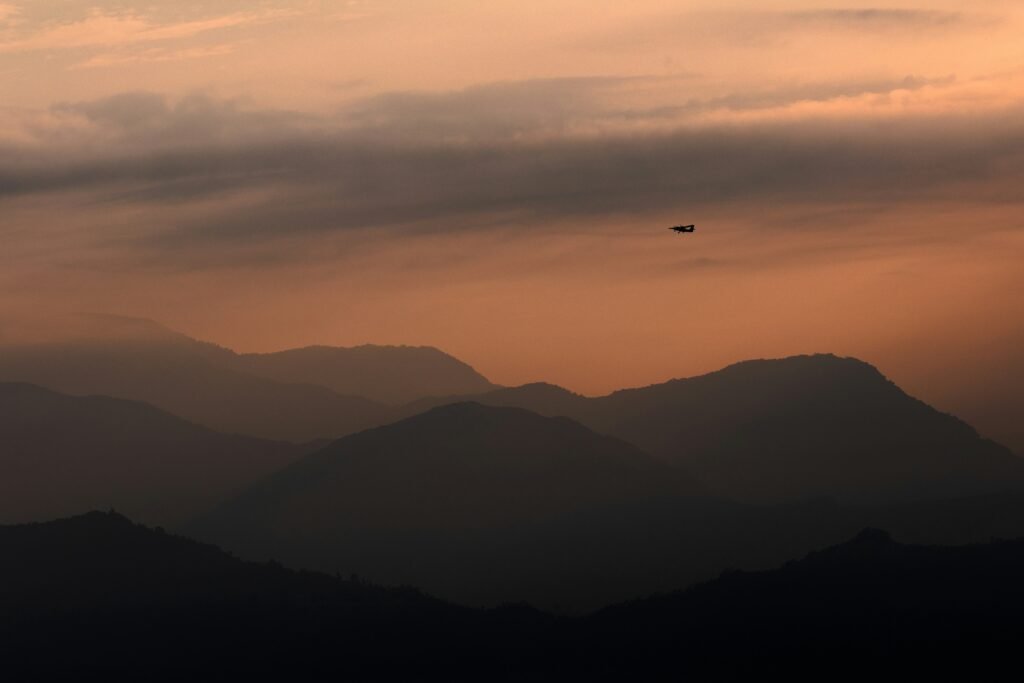

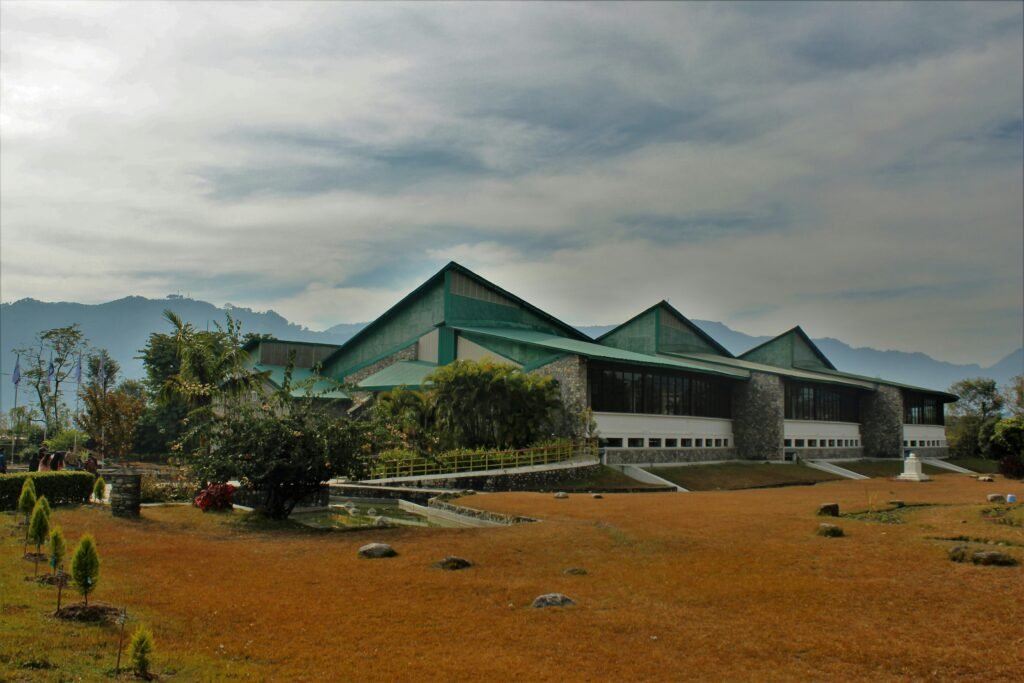
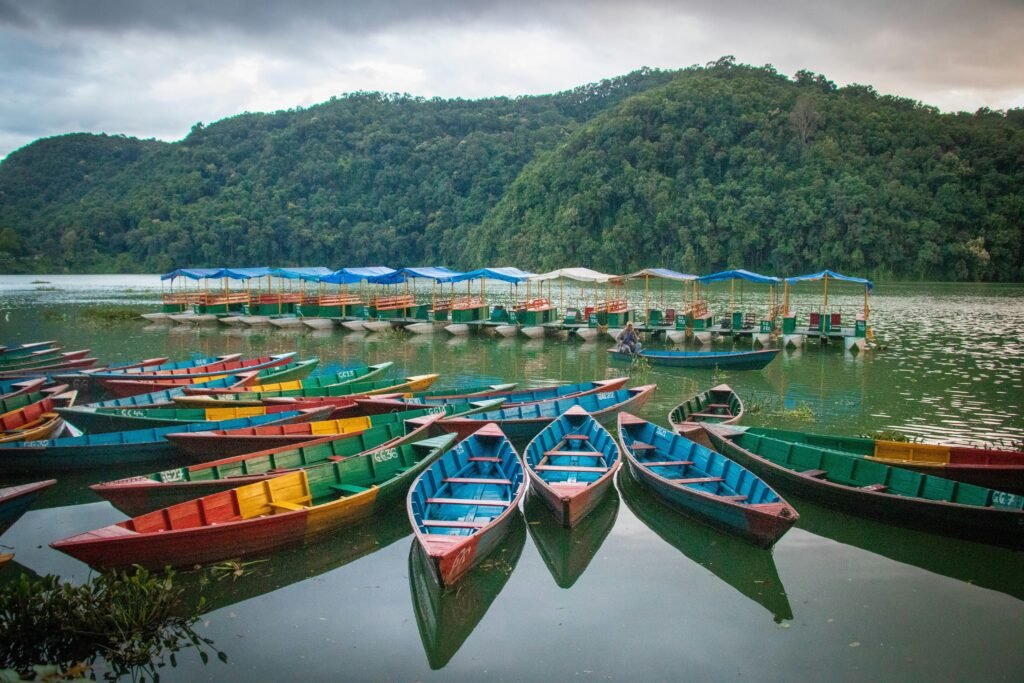
Pokhara is renowned for its stunning natural beauty and vibrant cultural landscape, making it a top destination for travelers. One of the most iconic attractions is Phewa Lake, a serene body of water surrounded by lush hills and the majestic Annapurna mountain range. Visitors can indulge in activities such as boating and kayaking, or simply enjoy a leisurely stroll along the lakeside. The mesmerizing reflections of the mountains on the lake’s surface create a picturesque scene, especially during sunrise and sunset.
For those seeking breathtaking panoramic views, Sarangkot is an essential stop. Located a short drive from Pokhara, Sarangkot is famous for its stunning sunrise views over the Himalayas. Many travelers choose to hike up to the viewpoint, creating an unforgettable experience as the first light of dawn illuminates the snow-capped peaks. The view from Sarangkot is unparalleled, and it also offers opportunities for paragliding for the adventurous soul, providing a bird’s eye view of the landscape below.
Another remarkable attraction is the World Peace Pagoda, which stands on a hilltop overlooking Phewa Lake. This Buddhist stupa not only symbolizes peace but also provides visitors with an excellent viewpoint of both the lake and the surrounding mountains. The path leading to the pagoda is lined with beautiful flora, making the journey to this site a pleasant experience. For those interested in spirituality or simply seeking tranquility, this location delivers a serene atmosphere perfect for reflection.
Lastly, the International Mountain Museum offers an insightful exploration of the Himalayan ecosystem and the cultures of the indigenous people of Nepal. This museum showcases various exhibits related to mountain climbing, including artifacts and stories of famous expeditions. It is an interesting stop for tourists eager to understand the history and importance of the mountains that define Pokhara’s landscape.
Adventure Activities in Pokhara
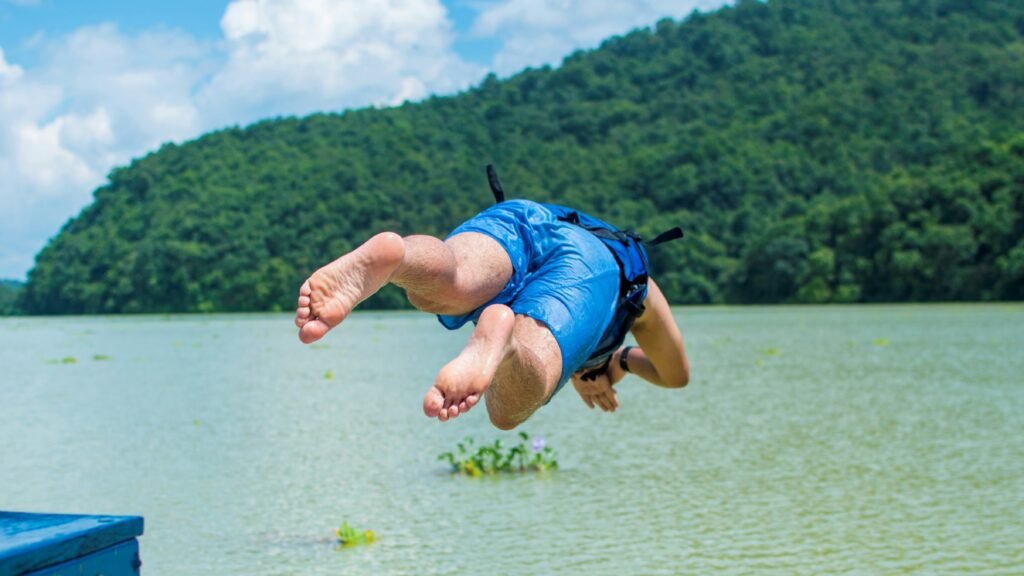

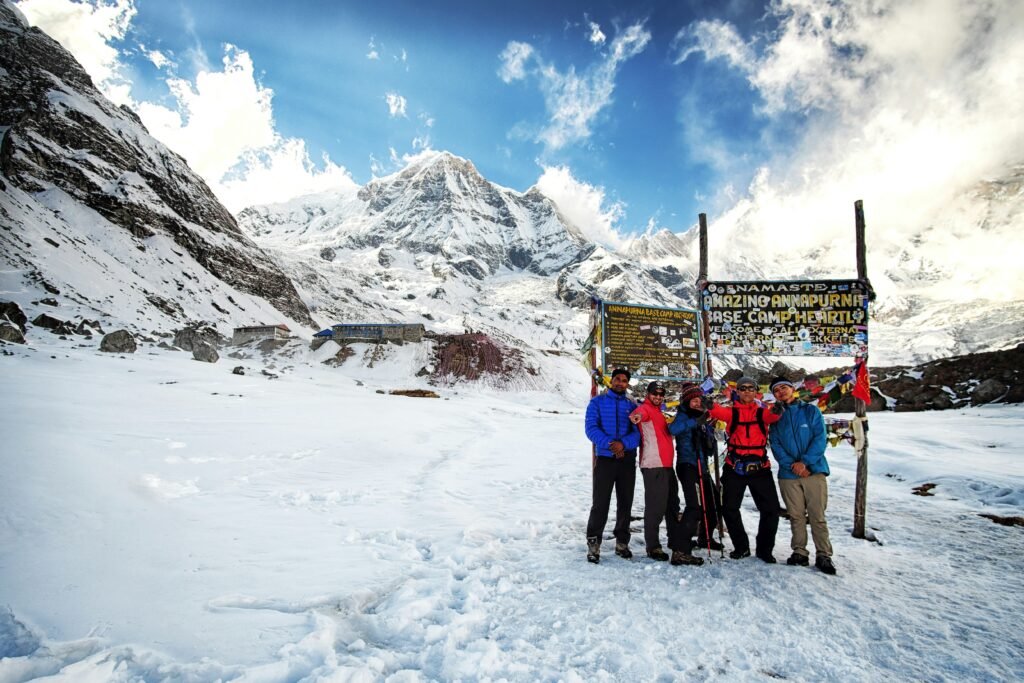

Pokhara, a stunning city in Nepal, is widely recognized for its diverse range of adventure activities that cater to thrill-seekers and nature enthusiasts alike. The breathtaking backdrop of the Annapurna mountain range sets the stage for exhilarating experiences, making it a prime destination for adventure tourism. One of the most popular activities is paragliding, which offers an unforgettable aerial view of the scenic landscape. The best time for paragliding is typically from September to November and March to May when weather conditions are ideal. Local operators like Sunrise Paragliding and Fly Pokhara provide experienced pilots to ensure safety and enjoyment during the flight.
Trekking is another major draw for visitors, with numerous routes spreading across the region. The Ghorepani-Poon Hill trek and the Annapurna Base Camp trek are among the most sought-after. Trekkers can expect stunning views, rich biodiversity, and the opportunity to immerse themselves in the local culture. Engaging with local guides can enhance the overall trekking experience, as they provide valuable insights into the terrain and the varied ecosystems. The trekking season is generally best during autumn and spring for optimal climate conditions.
Zip-lining is an exhilarating venture that claims to be one of the world’s longest and highest zip lines. Situated above the scenic Sarangkot region, its high-speed descent delivers an adrenaline rush complemented by awe-inspiring views of Pokhara’s landscape. Boating on Phewa Lake also offers a memorable experience; visitors can rent rowboats or paddleboards and enjoy a leisurely time surrounded by nature. Finally, mountain biking delivers an exhilarating way to explore the rugged terrains, with options suitable for all skill levels. Local operators like Himalayan Adventure provide a range of guided biking tours to suit varying preferences.
Cultural Experience in Pokhara


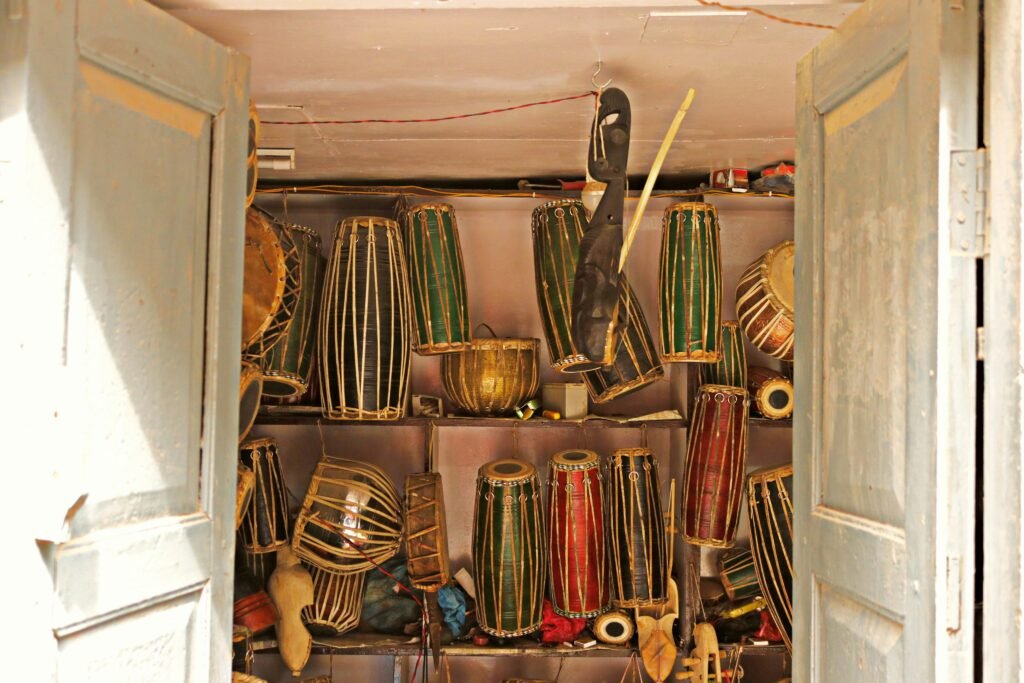
Pokhara, nestled in the Annapurna mountain range, offers a rich cultural heritage that reflects its diverse ethnic communities. The city’s vibrant culture comes alive through festivals, traditional food, art, and music.
One of the key highlights of Pokhara’s culture is its many festivals, celebrated year-round. Festivals like Dashain and Tihar showcase local customs and beliefs. These celebrations offer visitors a chance to experience traditional rituals, dances, and music. The lively atmosphere during these events draws travelers into the heart of local traditions.
Pokhara’s culinary scene is equally important. Influenced by various ethnic groups, local dishes like dal bhat, momo, and gundruk highlight the region’s agricultural roots. Many restaurants and street vendors serve authentic Nepali cuisine, making food exploration a key part of any visit.
Art and music play a major role in Pokhara’s cultural identity. Local artisans craft intricate handicrafts like Thangka paintings and wood carvings, using techniques passed down through generations. Traditional music, featuring instruments like the sarangi and modal, often accompanies cultural events, adding depth to the experience.
Engaging with Pokhara’s diverse ethnic communities enhances any visit. Interacting with locals provides insights into their daily lives, beliefs, and values. From their warm hospitality to the stories they share, visitors get a deeper understanding of the local way of life. In Pokhara, culture isn’t just observed—it invites you to dive in and be a part of it.
